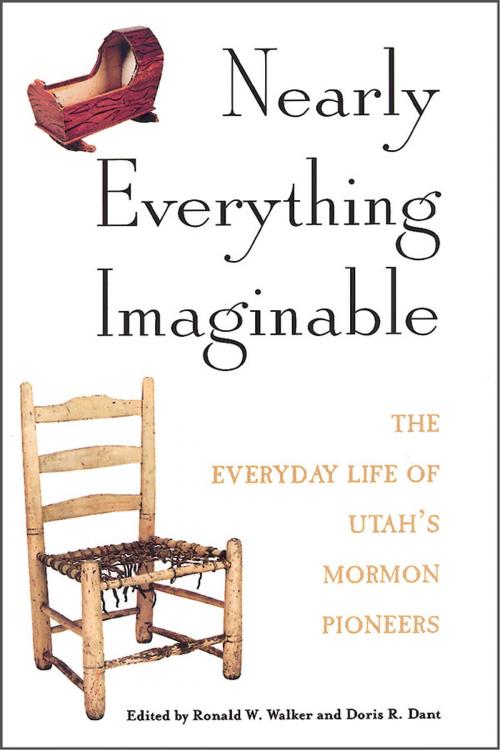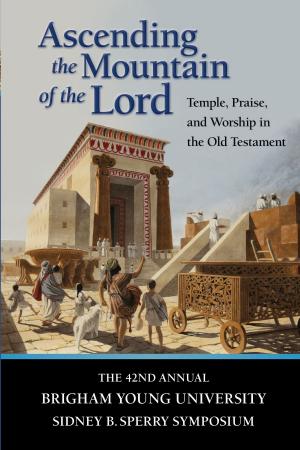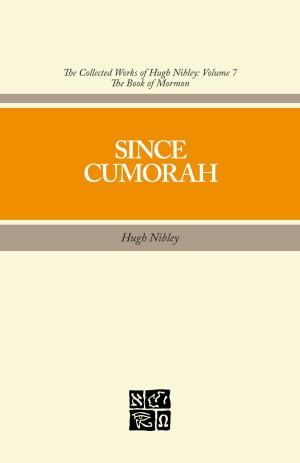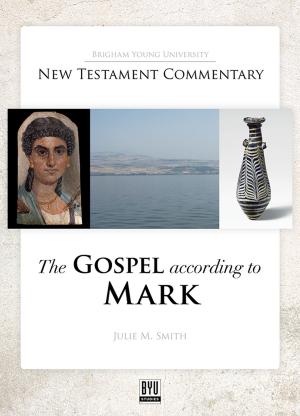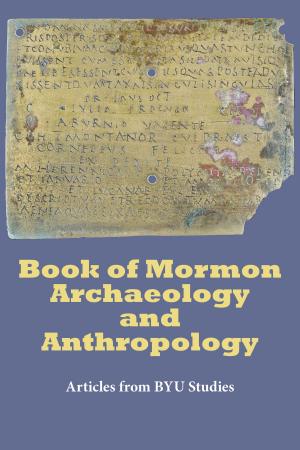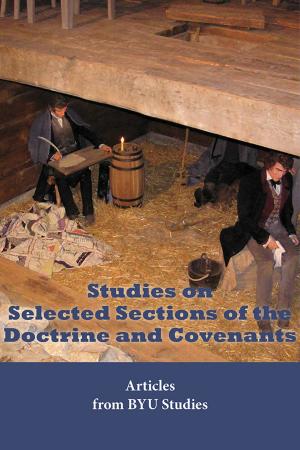| Author: | ISBN: | 9781938896989 | |
| Publisher: | Deseret Book Company | Publication: | October 13, 2014 |
| Imprint: | BYU Studies | Language: | English |
| Author: | |
| ISBN: | 9781938896989 |
| Publisher: | Deseret Book Company |
| Publication: | October 13, 2014 |
| Imprint: | BYU Studies |
| Language: | English |
From living in a dugout called the Castle of Spiders to eating so many weeds their skin took on a green cast to losing four children in just a few weeks to diphtheria, nearly everything imaginable happened to the Mormon settlers of Utah Territory. Here are the details of the lives of the common people—what they ate, wore, lived in, and celebrated, how they worshipped, and why they endured.
In Nearly Everything Imaginable, you'll find hundreds of vignettes from Utah's early settlers, including: "Old and young would gather for dancing; everybody came early and left about the midnight hour. The bedrooms opening from the hall were generally filled with babies snugly tucked away, while the mothers enjoyed the dance. The huge fireplaces at either end of the hall were piled high with dry cedar fagots, the flames from which leaped and danced up the chimneys. Candles held in place by three nails driven into wooden brackets were ranged high along the walls. Tickets were paid for in any kind of produce that the fiddlers could be induced to accept. Usually a couple of two-bushel sacks could be seen near the door, into which the dancers deposited their contributions."
From living in a dugout called the Castle of Spiders to eating so many weeds their skin took on a green cast to losing four children in just a few weeks to diphtheria, nearly everything imaginable happened to the Mormon settlers of Utah Territory. Here are the details of the lives of the common people—what they ate, wore, lived in, and celebrated, how they worshipped, and why they endured.
In Nearly Everything Imaginable, you'll find hundreds of vignettes from Utah's early settlers, including: "Old and young would gather for dancing; everybody came early and left about the midnight hour. The bedrooms opening from the hall were generally filled with babies snugly tucked away, while the mothers enjoyed the dance. The huge fireplaces at either end of the hall were piled high with dry cedar fagots, the flames from which leaped and danced up the chimneys. Candles held in place by three nails driven into wooden brackets were ranged high along the walls. Tickets were paid for in any kind of produce that the fiddlers could be induced to accept. Usually a couple of two-bushel sacks could be seen near the door, into which the dancers deposited their contributions."
